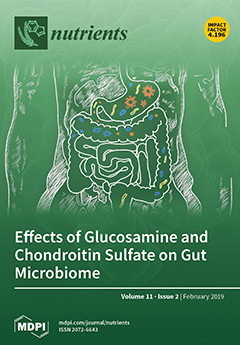The maximum aerobic metabolic rate can be expressed in multiple metabolically equivalent tasks (MET), i.e., METmax. The purpose was to quantify the error when the conventional (3.5 mL∙kg
−1∙min
−1) compared to an individualized 1-MET-value is used for calculating METmax and
[...] Read more.
The maximum aerobic metabolic rate can be expressed in multiple metabolically equivalent tasks (MET), i.e., METmax. The purpose was to quantify the error when the conventional (3.5 mL∙kg
−1∙min
−1) compared to an individualized 1-MET-value is used for calculating METmax and estimating activity energy expenditure (AEE) in endurance-trained athletes (END) and active healthy controls (CON). The resting metabolic rate (RMR, indirect calorimetry) and aerobic metabolic capacity (spiroergometry) were assessed in 52 END (46% male, 27.9 ± 5.7 years) and 53 CON (45% male, 27.3 ± 4.6 years). METmax was calculated as the ratio of VO
2max over VO
2 during RMR (METmax_ind), and VO
2max over the conventional 1-MET-value (METmax_fix). AEE was estimated by multiplying published MET values with the individual and conventional 1-MET-values. Dependent
t-tests were used to compare the different modes for calculating METmax and AEE (α = 0.05). In women and men CON, men END METmax_fix was significantly higher than METmax_ind (
p < 0.01), whereas, in women END, no difference was found (
p > 0.05). The conventional 1-MET-value significantly underestimated AEE in men and women CON, and men END (
p < 0.05), but not in women END (
p > 0.05). The conventional 1-MET-value appears inappropriate for determining the aerobic metabolic capacity and AEE in active and endurance-trained persons.
Full article






